1. The Graduate (1967)
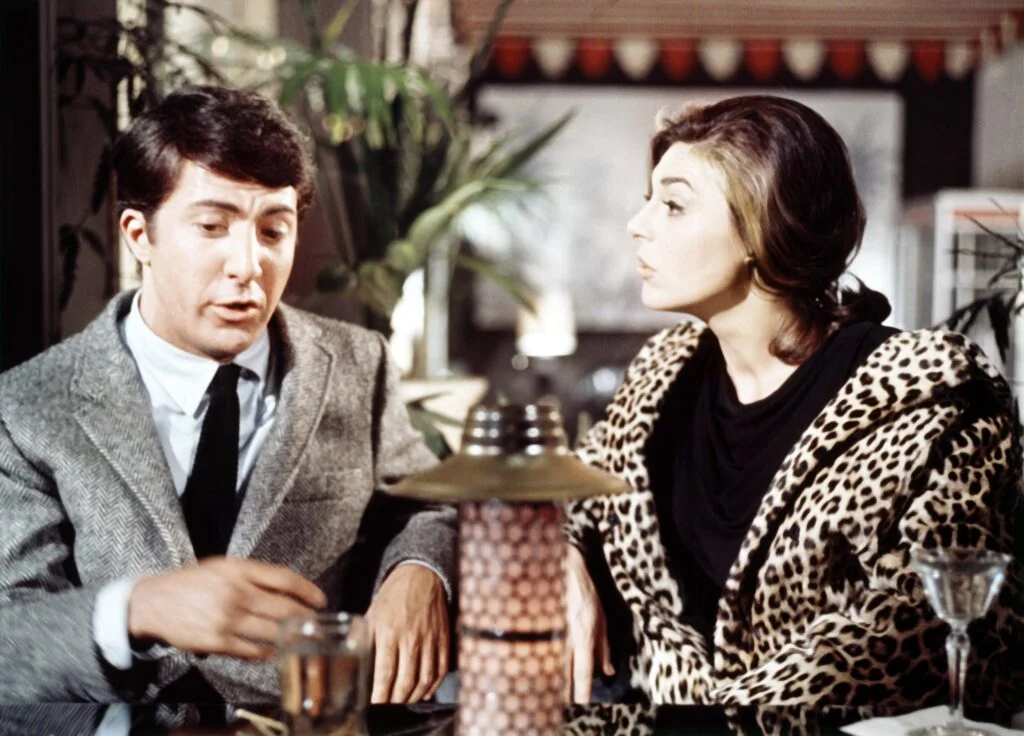
The Graduate stands out as one of the most iconic films of the ’60s for its bold exploration of taboo subjects like infidelity, age gaps, and generational conflict. The film’s portrayal of Benjamin Braddock’s confused journey into adulthood, under the influence of Mrs. Robinson, remains an unsettling but fascinating look at societal norms. Dustin Hoffman’s breakout role as Benjamin captured the awkwardness and rebellion that marked the youth of the era. Its central theme of disillusionment with the establishment resonated with the counterculture movement, making it an instant classic.
Even today, The Graduate still feels incredibly relevant, particularly with its depiction of the struggles of young people feeling disconnected from societal expectations. The idea of questioning authority and seeking individualism resonates with modern-day generations who often face similar pressures. The film’s unforgettable soundtrack, particularly the use of Simon & Garfunkel’s “The Sound of Silence,” continues to be a staple in pop culture references, solidifying its timeless nature.
2. Dr. Strangelove (1964)
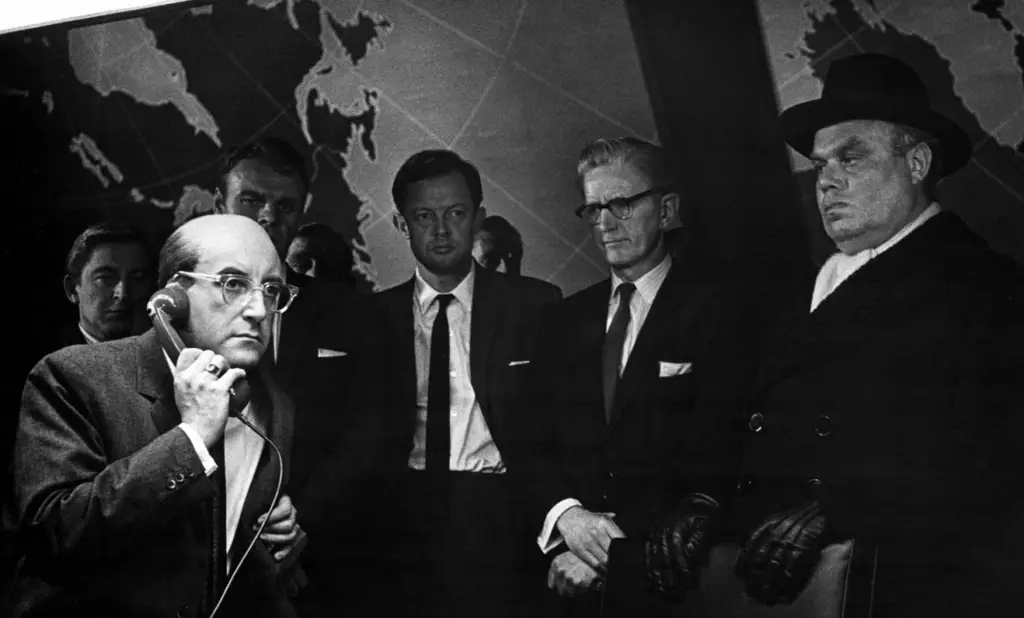
Stanley Kubrick’s Dr. Strangelove is a dark satire that explored the very real threat of nuclear war with a biting sense of humor. The film takes a critical look at the absurdity of military bureaucracy and the dangerous consequences of Cold War tensions. Peter Sellers delivers three brilliant performances as a range of characters, showcasing his comedic genius in a way that hadn’t been seen before. With its dry humor and ridiculous yet eerily plausible scenarios, the film questioned the logic behind world-ending politics.
Dr. Strangelove remains just as relevant today due to its darkly humorous reflection on global security, power struggles, and the hubris of leaders. With the ongoing threats of nuclear war and political instability, its sharp commentary feels eerily prescient. Kubrick’s impeccable direction and Sellers’ performances continue to inspire filmmakers and satirists around the world, making it an enduring cultural touchstone.
3. Bonnie and Clyde (1967)
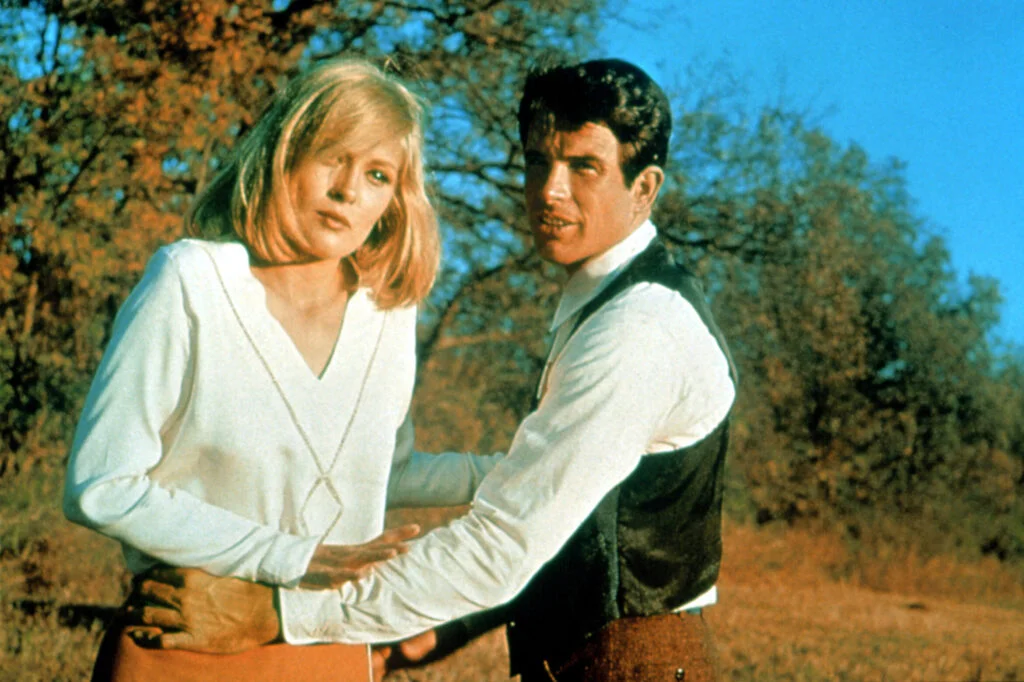
Bonnie and Clyde revolutionized the crime genre, blending the traditional gangster film with the gritty realism of the ’60s counterculture. Warren Beatty and Faye Dunaway brought the infamous criminal couple to life in a way that made them both tragic and romantic figures. The film’s graphic violence, unflinching portrayal of lawlessness, and anti-establishment attitude turned it into a watershed moment in American cinema. It pushed boundaries with its portrayal of death, intimacy, and moral ambiguity, challenging audiences to reconsider what was acceptable on screen.
Even decades later, Bonnie and Clyde continues to influence modern films about antiheroes and outlaws. The film’s raw energy and defiance of traditional Hollywood norms mirror today’s more complex depictions of crime and rebellion in pop culture. The romanticization of the criminal duo’s relationship and their tragic end remain an enduring reflection of society’s fascination with outlaw figures.
4. 2001: A Space Odyssey (1968)

Stanley Kubrick’s 2001: A Space Odyssey changed the landscape of science fiction forever. Its groundbreaking special effects, minimalist storytelling, and philosophical depth made it unlike anything that had come before it. The film’s exploration of humanity’s place in the universe and the dangers of artificial intelligence felt more like an existential journey than a typical space opera. Its famous monolith, which appears as a mysterious catalyst for human evolution, became a symbol of humanity’s mysterious, ever-evolving relationship with technology.
Today, 2001: A Space Odyssey remains a masterpiece of cinema, still influencing the science fiction genre and technology culture. Its exploration of AI, space travel, and human evolution feels just as pressing in today’s age of rapid technological advancement. The film’s visual aesthetic, including its depiction of space travel and futuristic landscapes, continues to inspire filmmakers and tech visionaries alike.
5. Night of the Living Dead (1968)

George A. Romero’s Night of the Living Dead is widely regarded as the film that started the modern zombie genre. What began as a modest horror film quickly evolved into a cultural phenomenon. With its hauntingly realistic depiction of a world overtaken by the undead, the film focused not just on the gore and shock factor but also on societal collapse and human nature in crisis. The film’s allusion to the turbulent social climate of the ’60s, including racial tensions and the Vietnam War, gave it a depth not often seen in the genre.
The film’s themes are just as relevant today, with ongoing conversations about social breakdown, survivalism, and government distrust. The portrayal of a group of people trapped in a house, forced to confront both the external threat and internal divisions, mirrors modern anxieties about societal fragility. Romero’s film set the stage for a new era of horror, influencing everything from TV series like The Walking Dead to contemporary zombie films.
6. Easy Rider (1969)
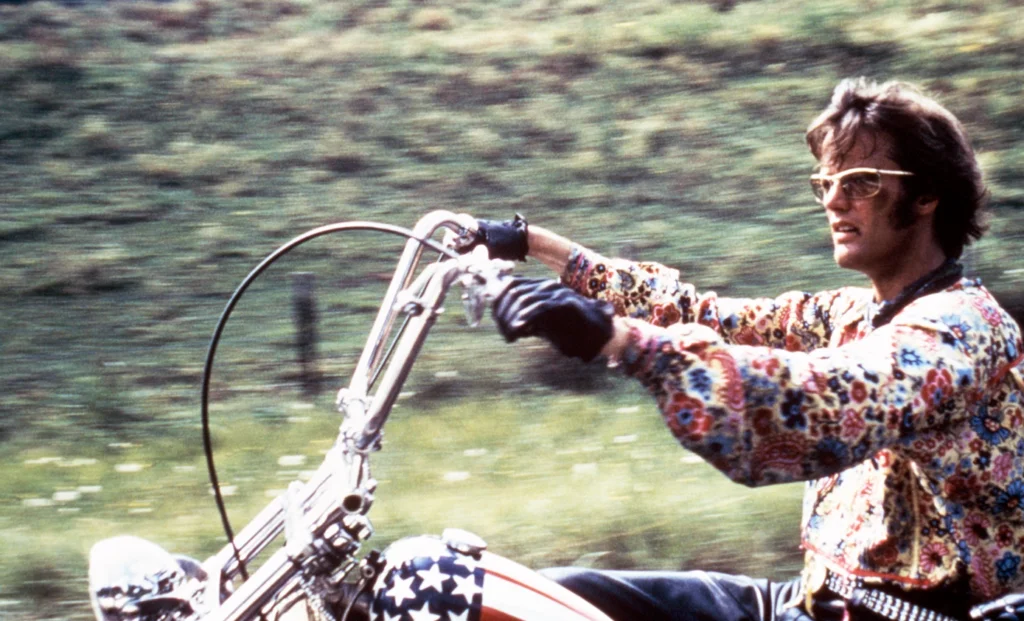
Easy Rider defined the counterculture of the ’60s, focusing on two bikers, played by Peter Fonda and Dennis Hopper, as they journey across America in search of freedom and meaning. The film captured the spirit of rebellion, the disillusionment with the American dream, and the desire to escape the constraints of society. With its unconventional storytelling and laid-back style, it became the anthem of a generation looking for something more than what mainstream America offered.
Easy Rider resonates with modern audiences due to its critique of American values, individualism, and the search for purpose. The themes of freedom, alienation, and the clash between mainstream society and nonconformity continue to be central to today’s cultural conversations. The film’s style, its use of music, and its exploration of the open road as a metaphor for self-discovery make it a timeless story of the American experience.
7. The Birds (1963)
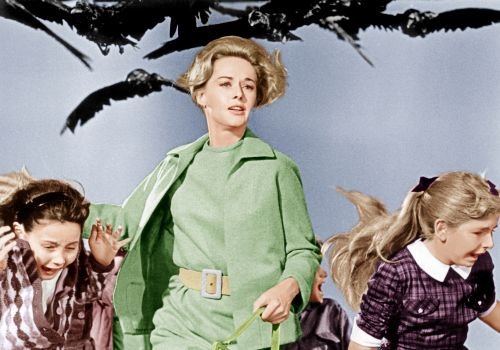
Alfred Hitchcock’s The Birds is one of the most haunting and innovative horror films of all time. The movie takes the seemingly benign phenomenon of birds and turns it into an apocalyptic threat. With its minimal use of special effects and focus on atmosphere and suspense, Hitchcock created a deeply unsettling narrative that explored human vulnerability and fear of the unknown. The film’s unsettling imagery and ambiguous ending left audiences questioning the nature of the disaster.
Even now, The Birds is relevant due to its exploration of nature’s unpredictability and humanity’s fragility. With the rise of environmental crises and concerns about natural disasters, the film’s themes of ecological anxiety still resonate. Hitchcock’s masterful suspense and the film’s ambiguous social commentary have made it an enduring classic in the horror genre.
8. The Manchurian Candidate (1962)
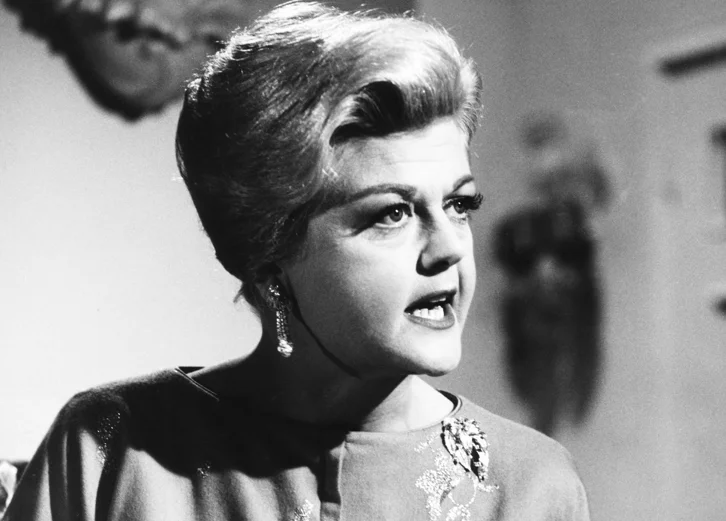
The Manchurian Candidate is a political thriller that explored themes of mind control, political manipulation, and Cold War paranoia. Frank Sinatra stars as a soldier who uncovers a plot to brainwash American POWs and use them as sleeper agents. The film’s chilling portrayal of conspiracy and manipulation in the political sphere was a stark reflection of the fears and anxieties of the ’60s, particularly during the height of the Cold War.
Its themes remain powerful today, as political manipulation and conspiracy theories continue to permeate modern society. The Manchurian Candidate serves as a reminder of the dangers of unchecked power, making it an enduring symbol of political thrillers. The film’s portrayal of psychological trauma and mind control feels more relevant in today’s age of political polarization and media influence.
9. The Twilight Zone: The Movie (1983)
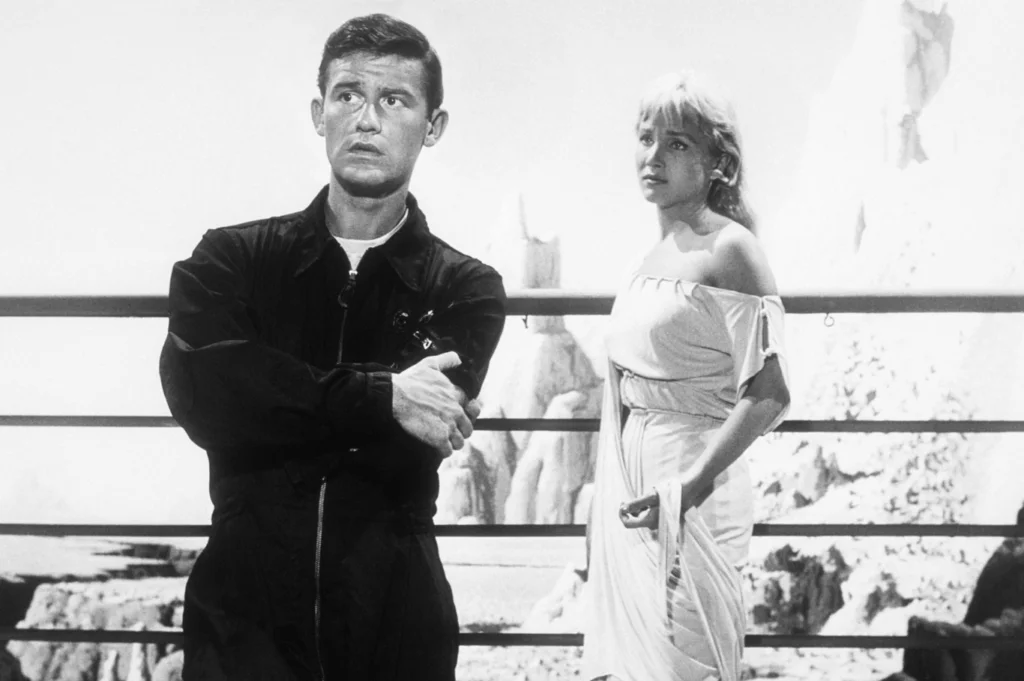
While not from the ’60s, The Twilight Zone: The Movie was inspired by the groundbreaking TV show that aired in the late ’50s and ’60s. The movie brings together four segments of thrilling, thought-provoking stories about human nature, society, and the unknown. The original TV series, created by Rod Serling, was a social commentary on race, politics, and the human condition. Its uncanny ability to mix suspense with moral lessons set the tone for future anthologies and psychological thrillers.
The show’s themes of societal fears, ethical dilemmas, and the consequences of unchecked power remain timeless. It touches on the same fears that many face today, from the abuse of authority to the anxieties of modern life. The series’ influence can be seen in numerous anthology-style shows, and its impact on pop culture has remained pervasive.
10. A Hard Day’s Night (1964)
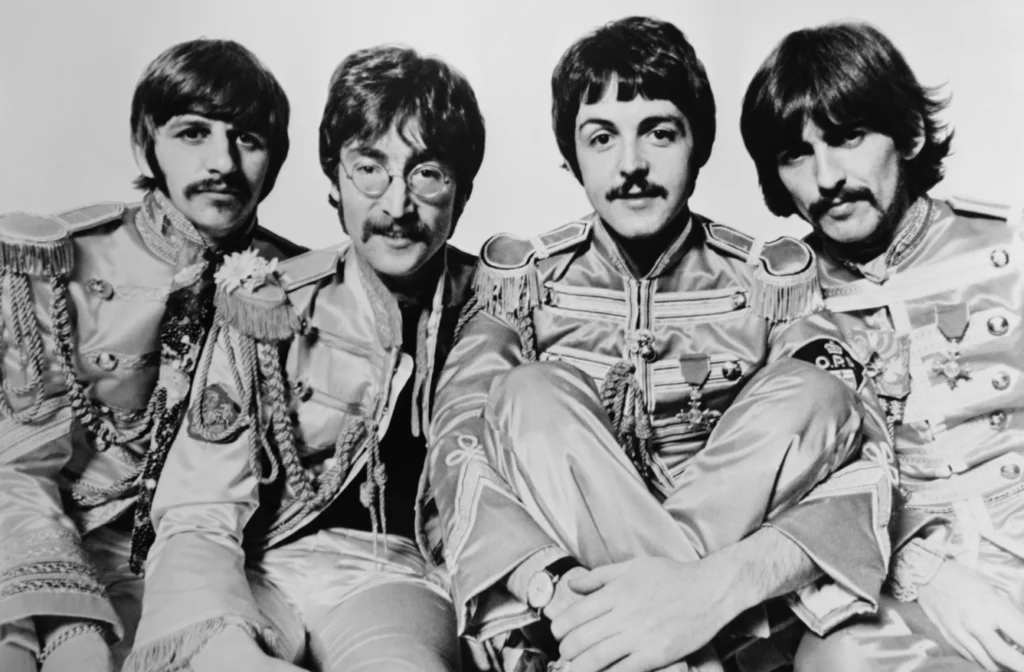
The Beatles revolutionized pop culture, and A Hard Day’s Night captured their meteoric rise to fame. The film follows the band during a day in the life of a Beatles tour, with a perfect blend of their music and offbeat humor. It’s a lighthearted, energetic movie that captures the essence of Beatlemania and the global cultural shift that the band sparked. With their charm and wit, the Beatles defined a generation, and the film helped solidify their place in pop culture history.
Even today, A Hard Day’s Night remains a joyous celebration of the power of music and youthful exuberance. The film’s documentary-like style, as well as its clever, almost surreal comedy, keeps it fresh for modern audiences. The Beatles’ influence continues to shape music, fashion, and popular culture, making this movie a timeless classic.
11. Psycho (1960)
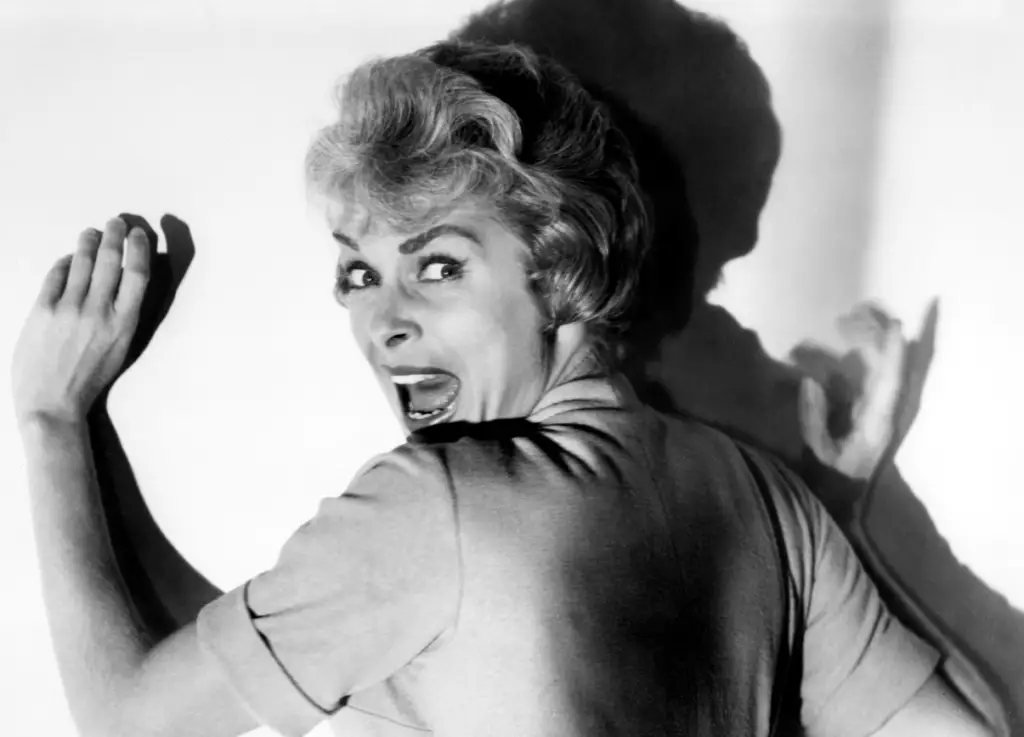
Alfred Hitchcock’s Psycho is often hailed as the film that birthed the modern horror genre. Its shocking twists, unsettling atmosphere, and deep dive into the psychology of its characters set a new precedent for the genre. The film’s iconic shower scene, as well as its complex portrayal of Norman Bates, created a sense of fear that extended beyond the film itself and into the cultural zeitgeist.
Today, Psycho still stands as a blueprint for horror films. Its blend of psychological terror and shocking violence influenced everything from psychological thrillers to modern slasher films. Hitchcock’s ability to manipulate audience expectations and create lasting tension remains a masterclass in cinematic horror.
12. West Side Story (1961)
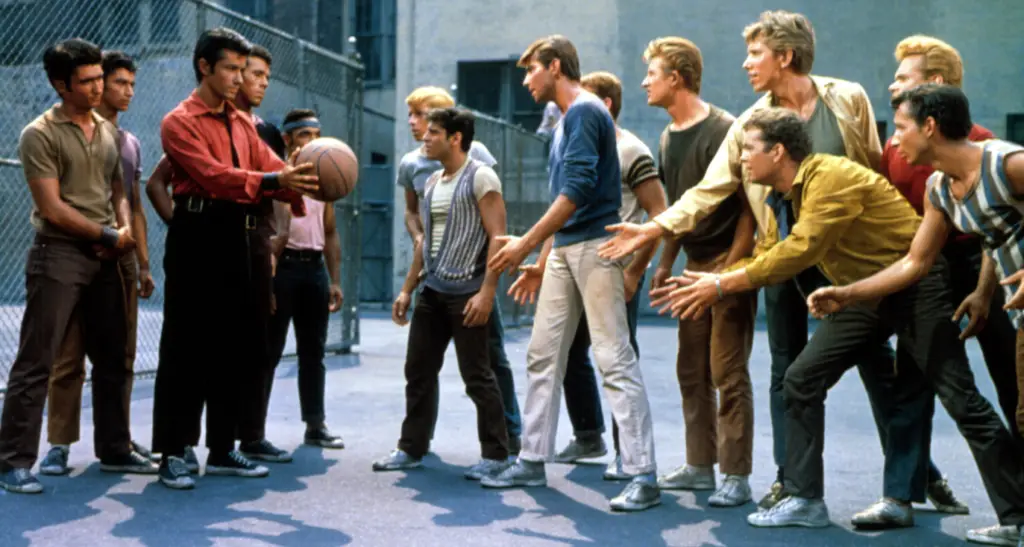
West Side Story was a groundbreaking adaptation of the Broadway musical that took on the challenge of racial tensions and societal divide. Its portrayal of the rivalry between the Jets and the Sharks, two teenage gangs from different ethnic backgrounds, showcased the struggles of youth in a divided America. The film’s choreography, music, and timeless love story, despite its tragic ending, made it an instant classic.
The movie remains culturally relevant today, as issues of race, class, and immigration continue to spark debate. Its powerful music, from “America” to “Somewhere,” carries messages of hope and longing that still resonate with audiences. West Side Story serves as a reminder of the power of art to transcend time and place, addressing universal themes that continue to touch hearts.
13. Midnight Cowboy (1969)
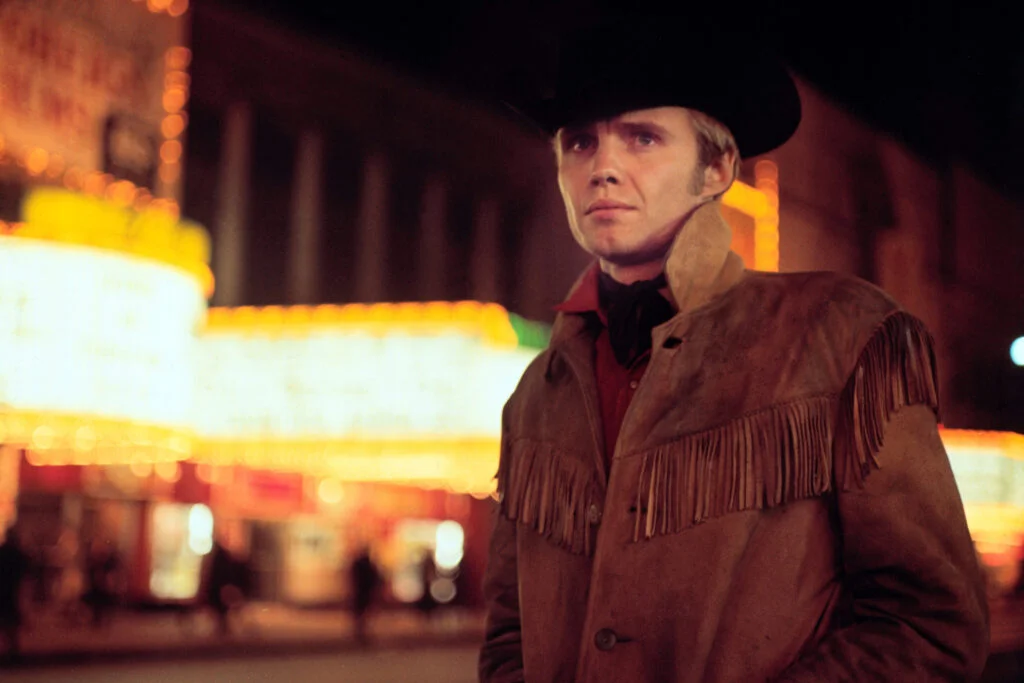
Midnight Cowboy is one of the most raw and groundbreaking films of the ’60s, showing the struggle of two outcasts trying to survive in New York City. John Voight and Dustin Hoffman portray the unlikely duo of Joe Buck and Ratso Rizzo in a gritty and heart-wrenching tale of survival, loneliness, and friendship. The film tackled heavy issues like poverty, addiction, and human connection in a way that hadn’t been done before, leaving a lasting impact on American cinema.
Today, Midnight Cowboy feels just as relevant, as it addresses themes of isolation, the American dream, and the harsh realities of life. Its raw and honest portrayal of the human condition still resonates, particularly in today’s more cynical cultural climate. The film’s powerful performances and unflinching look at urban life continue to influence filmmakers and stand as a testament to the complexity of human relationships.


